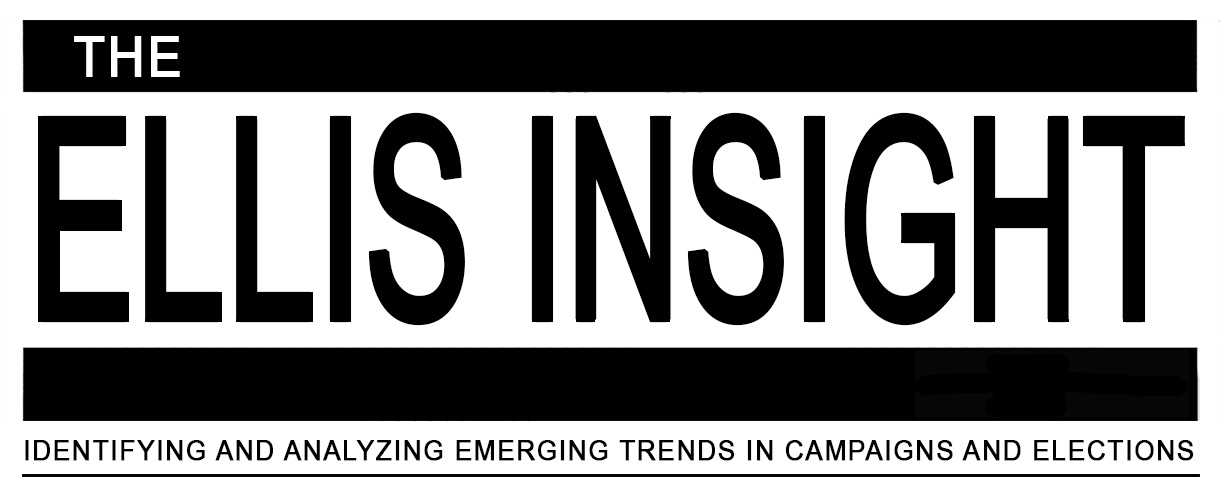Oct. 1, 2015 — Kentucky Rep. Ed Whitfield (R-KY-1), chairman of the formidable Energy and Power subcommittee of the House Energy & Commerce Committee, yesterday announced that he will not seek election to a 12th term next year. Whitfield, a former Democratic state legislator, was first elected in the Republican wave year of 1994, defeating one-term Rep. Tom Barlow (D). He is the only Republican to ever represent this western Kentucky district.
In what will be 22 years of congressional service when he retires, Rep. Whitfield will share the longest tenure in the district’s history. He joins Democratic Rep. Noble Gregory who also served 11 terms, from 1937-59. Whitfield is the first congressman from this district to retire voluntarily since 1958.
The territory has a colorful political past, at one time being represented by an individual who would later serve as vice president of the United States, Alben Barkley (D) under President Harry Truman, and Civil War era Rep. Henry Burnett (D) who is one of only five House members to ever be expelled from the body. Burnett’s colleagues bounced him from Congress for supporting the Confederate States of America. He would later serve in the Confederate Senate.
Though the district has a strong Democratic history, since Whitfield’s original election the seat has become ever more Republican. GOP presidential candidates scored huge 66 and 62 percent wins here in 2012 and 2008, respectively. KY-1 proved to be Mitt Romney’s 23rd best congressional district in the entire country. In what promises to be another strong western Kentucky Republican presidential run next year, Democratic prospects of converting the 1st become minimal.
Continue reading →
